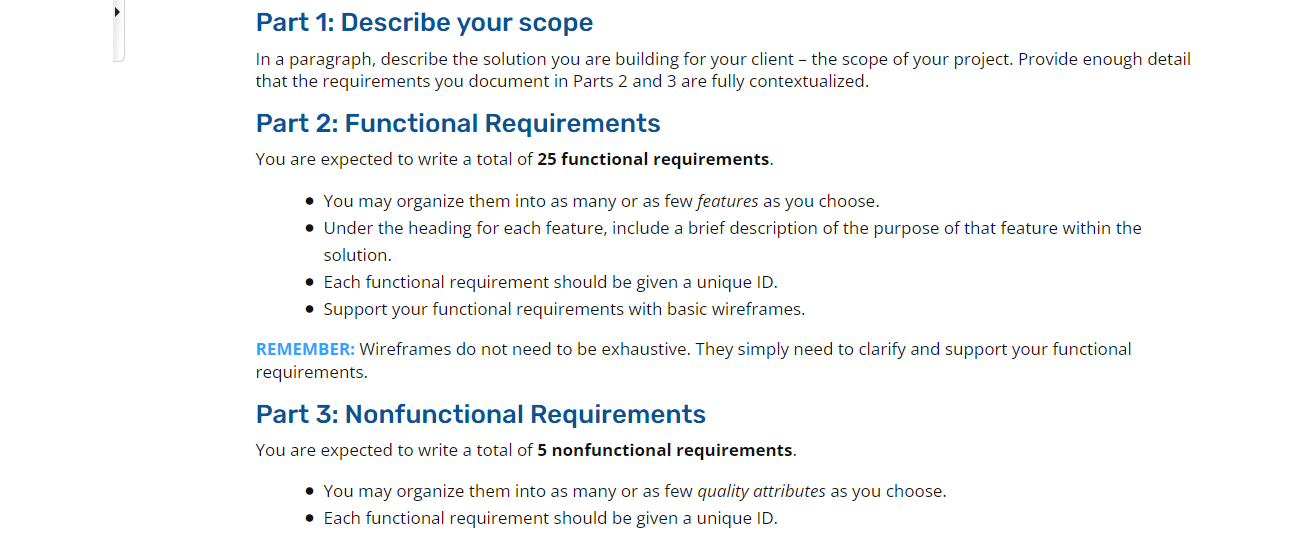Question
Customers in the Guelph-Kitchener region can get mobile auto repair services from Osas Mechanics, a business situated in Guelph, Ontario. They run a convoy of
Customers in the Guelph-Kitchener region can get mobile auto repair services from Osas Mechanics, a business situated in Guelph, Ontario. They run a convoy of cars that go to the customer's house. The company currently employs about 250 people, and as they widen their service area, they anticipate continued growth. This entails expanding their service area to encompass Waterloo and Cambridge and providing more auto-related services like vehicle washes.
Currently, a central office handles all appointments for auto repairs. The business wants customers to be able to schedule their own appointments on an application in the future. The office staff in charge of scheduling appointments may get overburdened by the volume of calls, which worries the stakeholders, as the company expands. Customers have two options once the application is lauched: they can book on the application or keep contacting the office. Additionally, the business prefers that customers pay for their services through the app rather than by paying mechanics personally.
A solution where clients have more control over their appointment scheduling and the mechanics are not in charge of processing payments is what the firm envisions for the project. Customers that have registered on the app will do both duties.
We will have to develop an application with a customer database to hold the client's personal and financial information to realise this objective. The database must also contain details about the customer's vehicle. Customers should be able to access the app, check the timings of the available appointments for auto repair in their area, and then schedule an appointment. They should then receive an invoice from the app to start the payment procedure after the appointment is over.

Step by Step Solution
There are 3 Steps involved in it
Step: 1

Get Instant Access to Expert-Tailored Solutions
See step-by-step solutions with expert insights and AI powered tools for academic success
Step: 2

Step: 3

Ace Your Homework with AI
Get the answers you need in no time with our AI-driven, step-by-step assistance
Get Started


